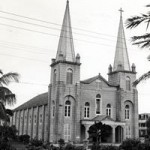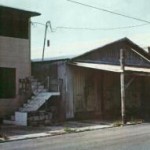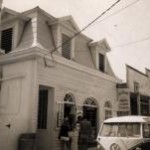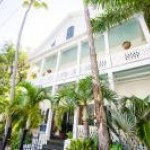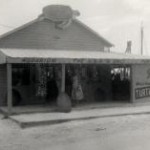Downtown
St. Mary Star of the Sea
Welcome to the oldest Roman Catholic Parish in South Florida. There is evidence that Spanish Jesuits serving in Cuba attempted to establish a mission in Key West as early as 1724. The first Catholic Church on the island was dedicated February 26, 1852. It was destroyed by a fire in 1901. The current church building was dedicated to Saint Mary Star of the Sea by the Bishop of St. Augustine in August of 1905.
Island House Resort
Three historic buildings were converted in 1976 to create the resort you see today. Two of the buildings contained apartments for military families living “off baseâ€. The buildings may have been moved across the street from the Key West Army barracks to make room for expansion. The third structure was built as a small cigar factory and was later used as a launderette. The conversion was at the forefront of the new tourism economy that emerged in the 1970s.
Old Custom House
The history of ship wreck salvage is closely tied to the Old Custom House. Ever since man began sailing the open seas there have been shipwrecks. With 200 miles of natural reefs and shoals traversing the Florida Keys it's no place to make a navigational error. Over the centuries, scores of ships have lost their way or were blown onto the reefs by unforeseen storms and hurricanes.
The Samuel O. Johnson
The structure started out as a grocery and butcher shop as well as a residence. It was purchased in 1913 by Dr. William Richard Warren. Dr. Warren's medical offices consisted of the front porch that served as a waiting room and the first floor rooms that were used for exams and minor surgeries. An unusual three-story fresh water cistern is original to the structure. The property is home to one of the island's first ornamental gardens.
Turtle Kraals Restaurant
This rustic structure was built in the early 1950s as an outgrowth of the turtle industry. It was one of the few places in the country where tourists, for a 13 cent admission fee, were able to experience turtle trawlers unloading turtles for market. They witnessed the daily catch placed in turtle kraals and the workings of the soup cannery. It was part gift shop and visitor attraction. The building holds the distinction of being considered the first Historic Seaport attraction.
